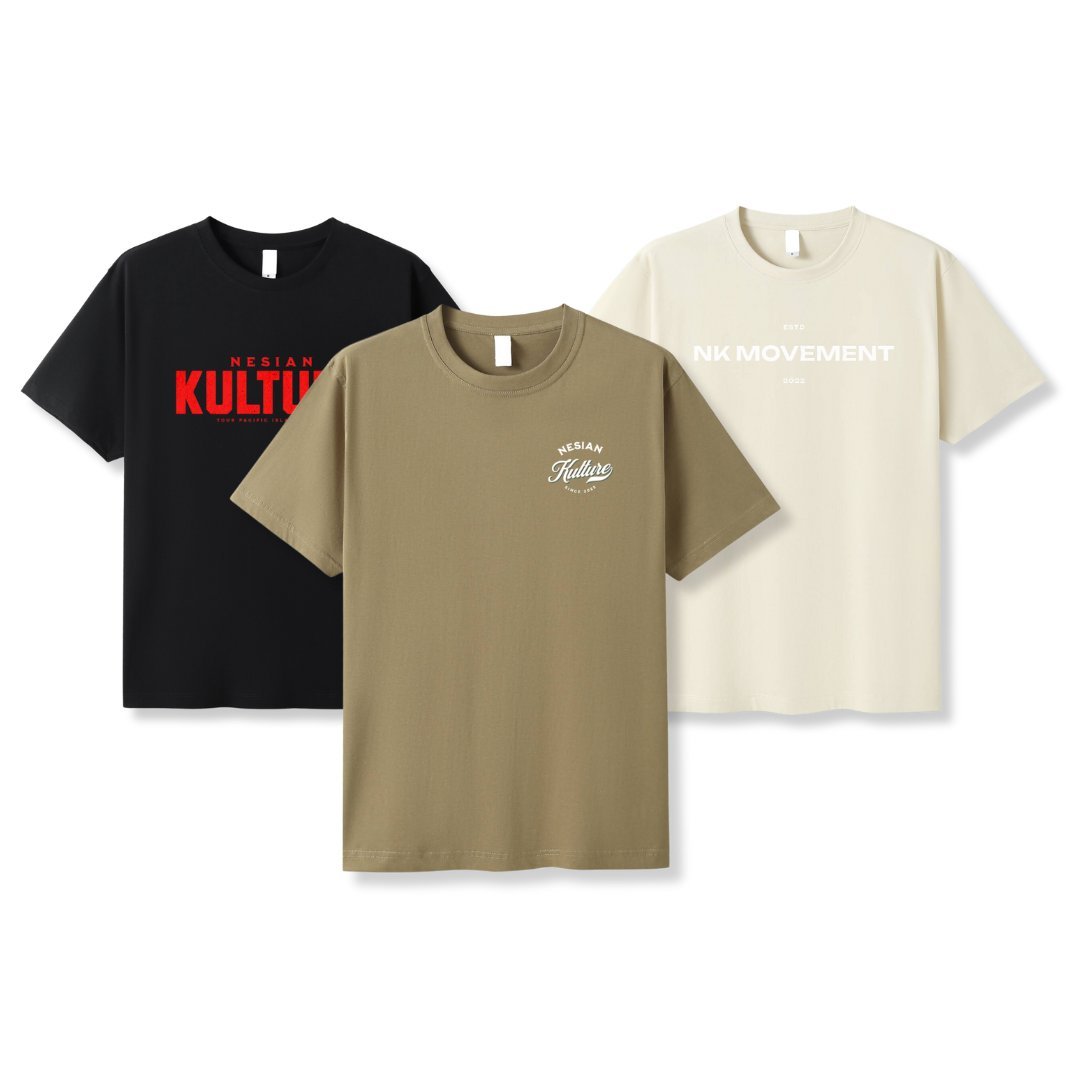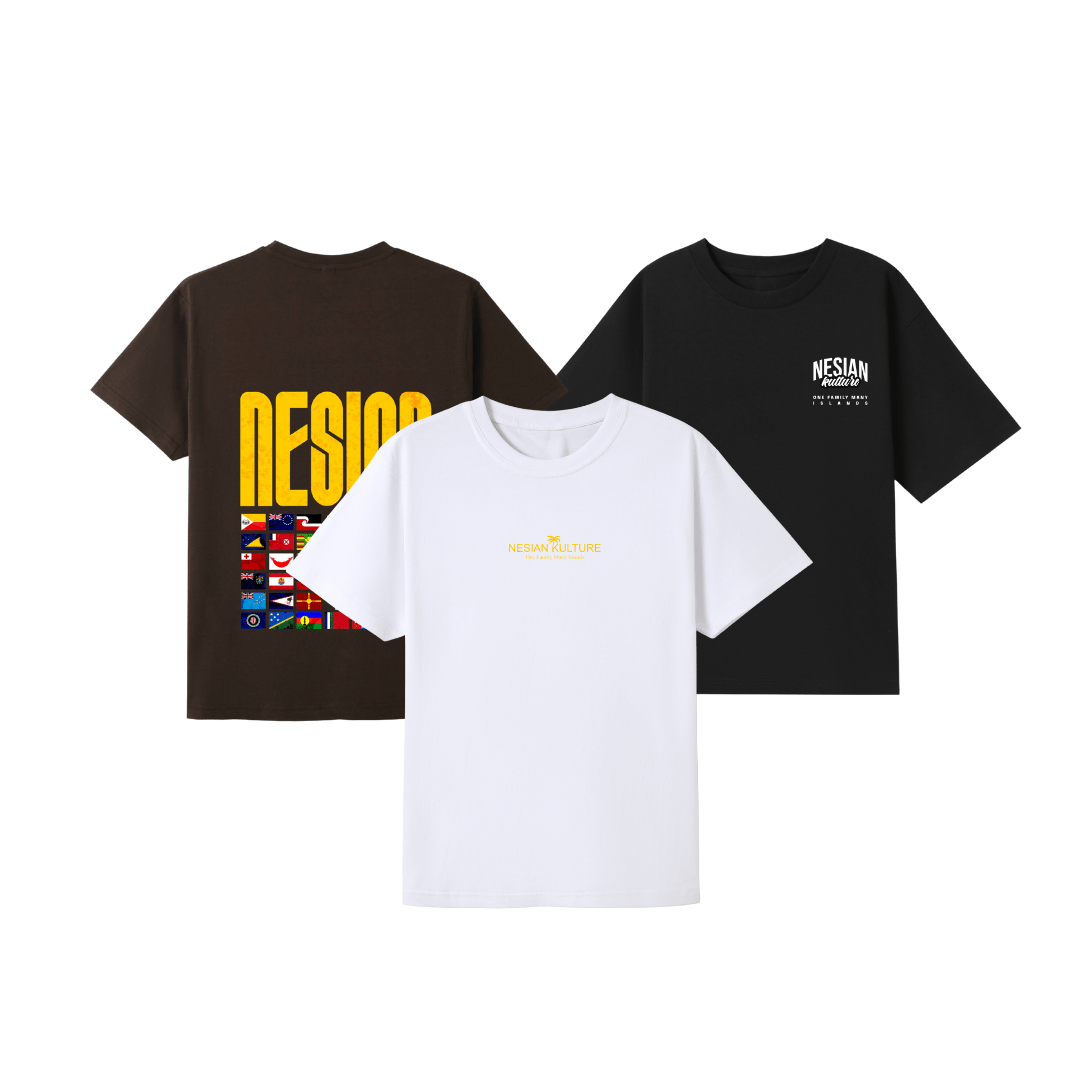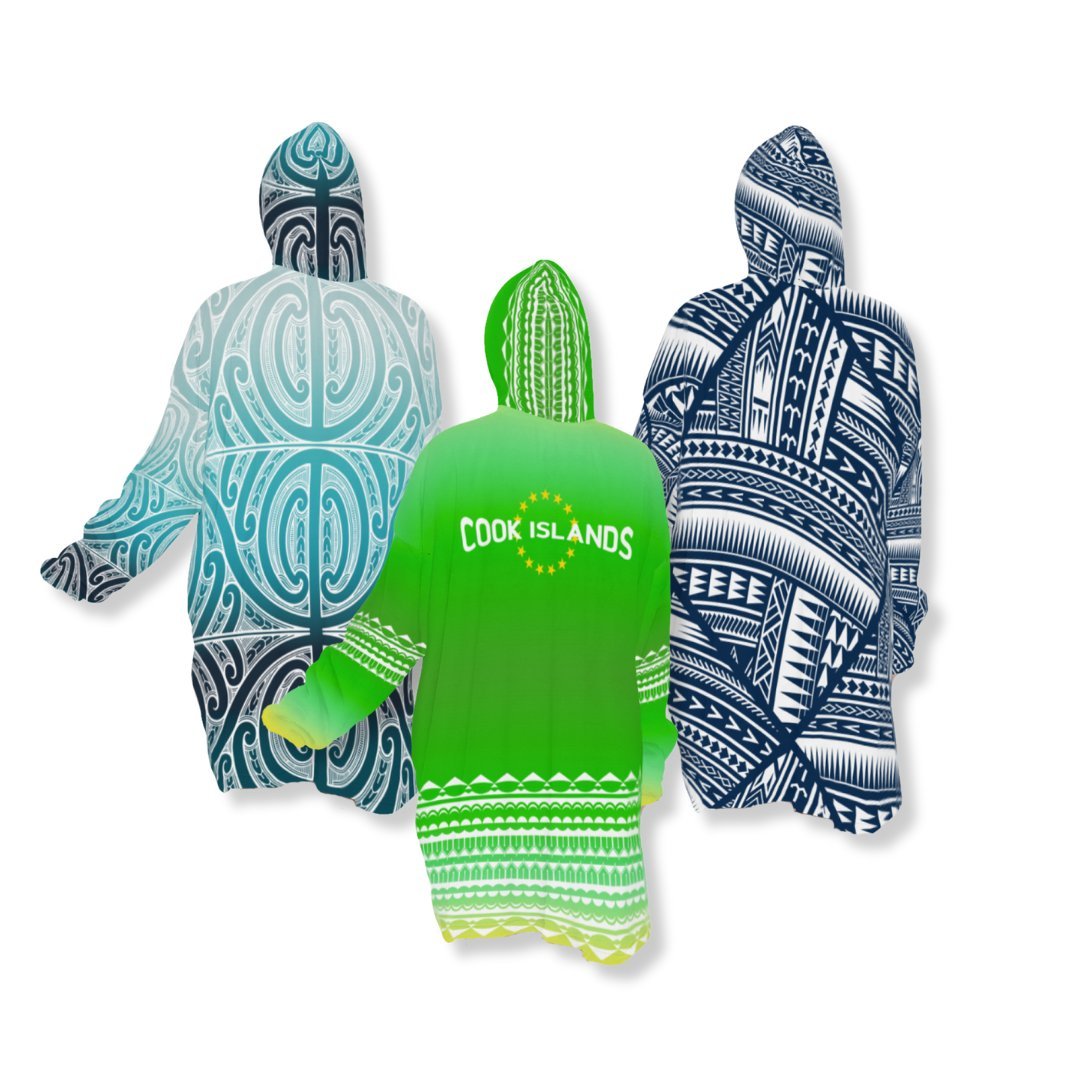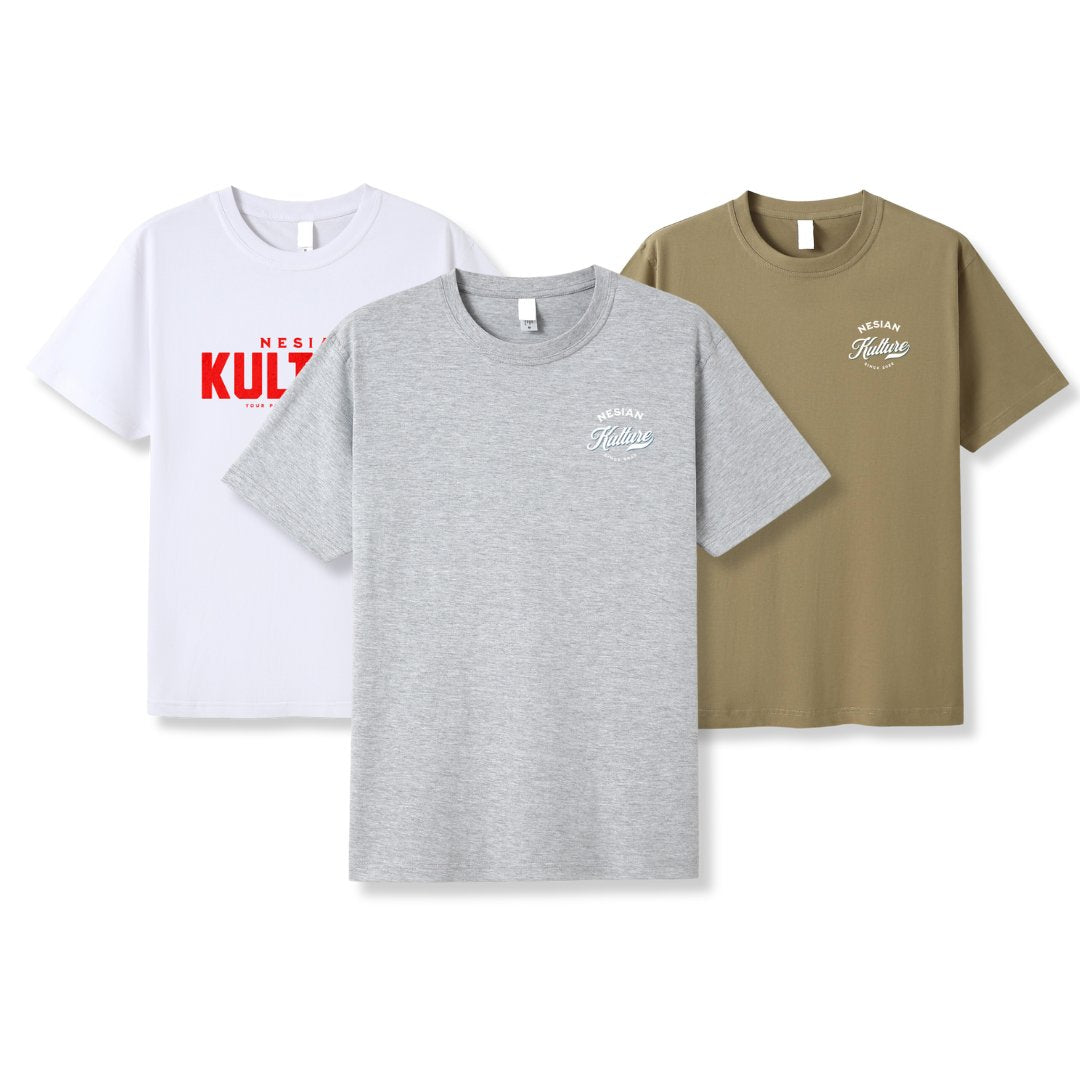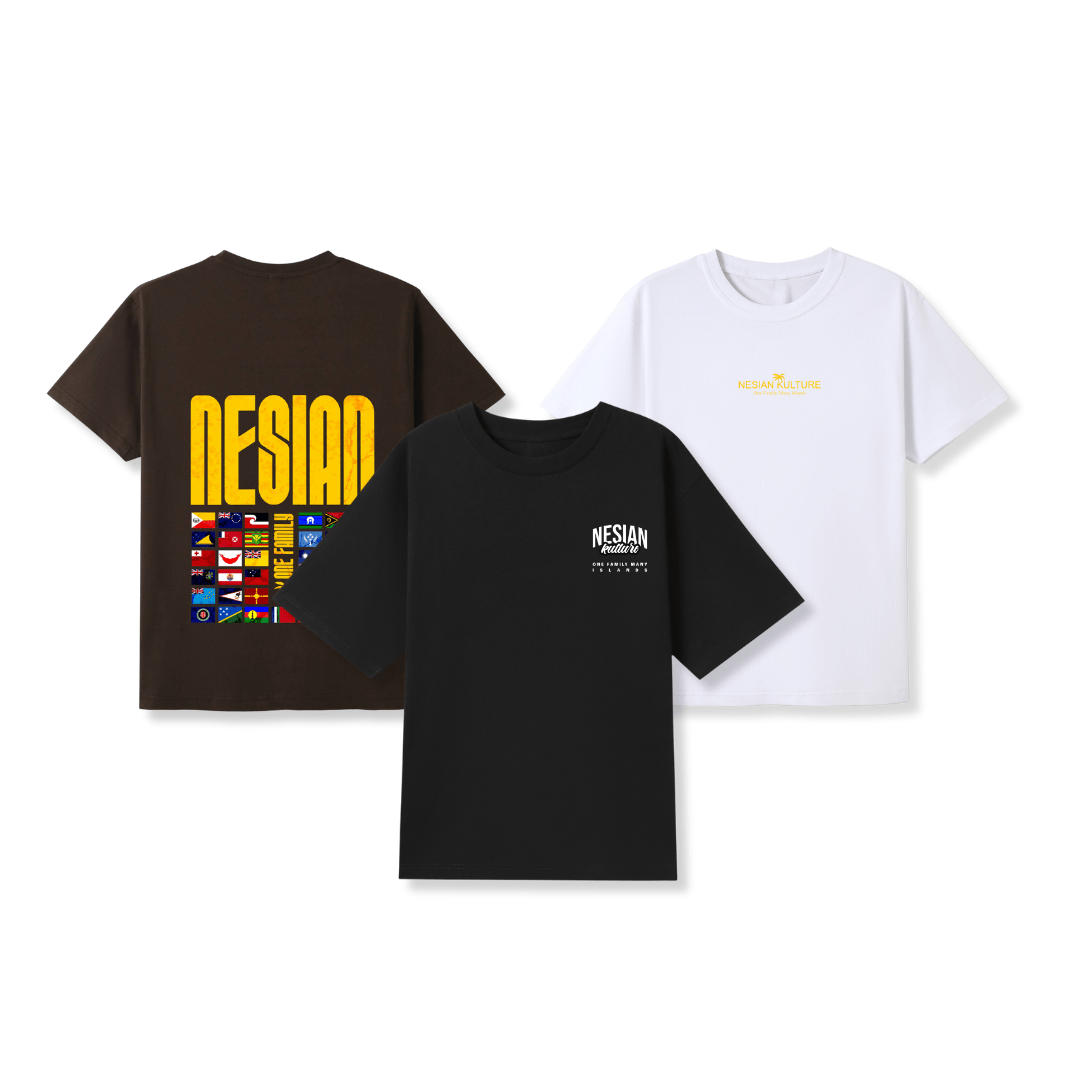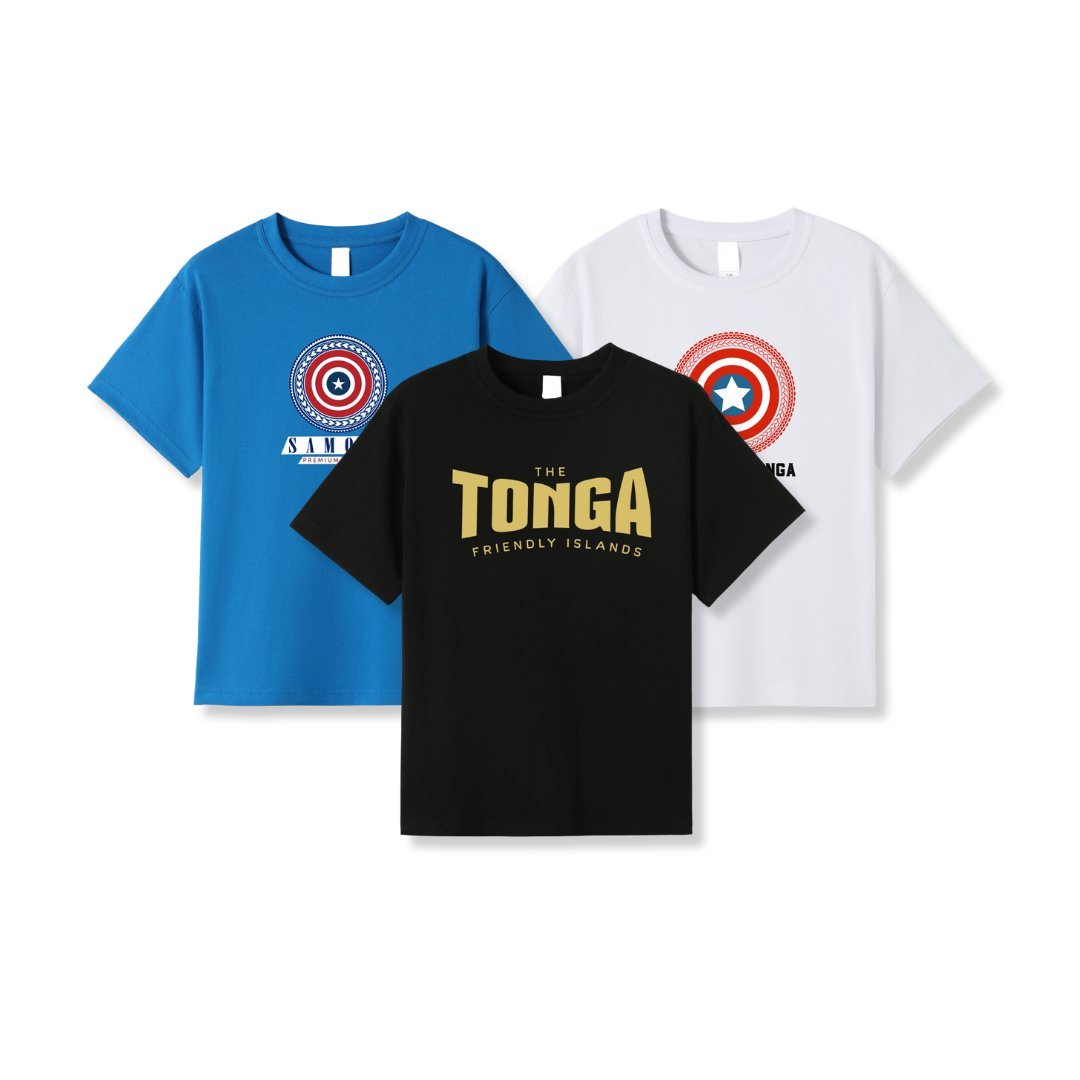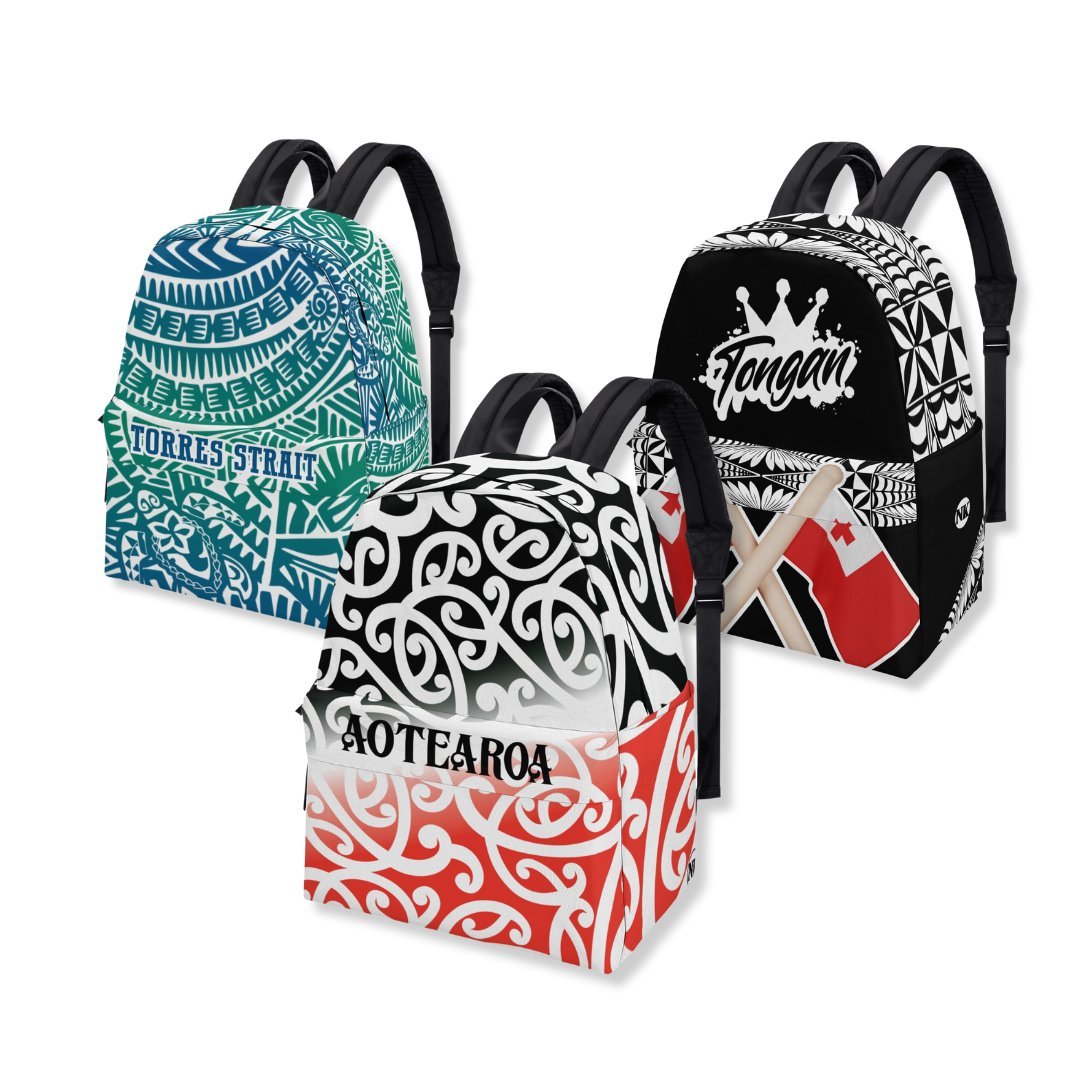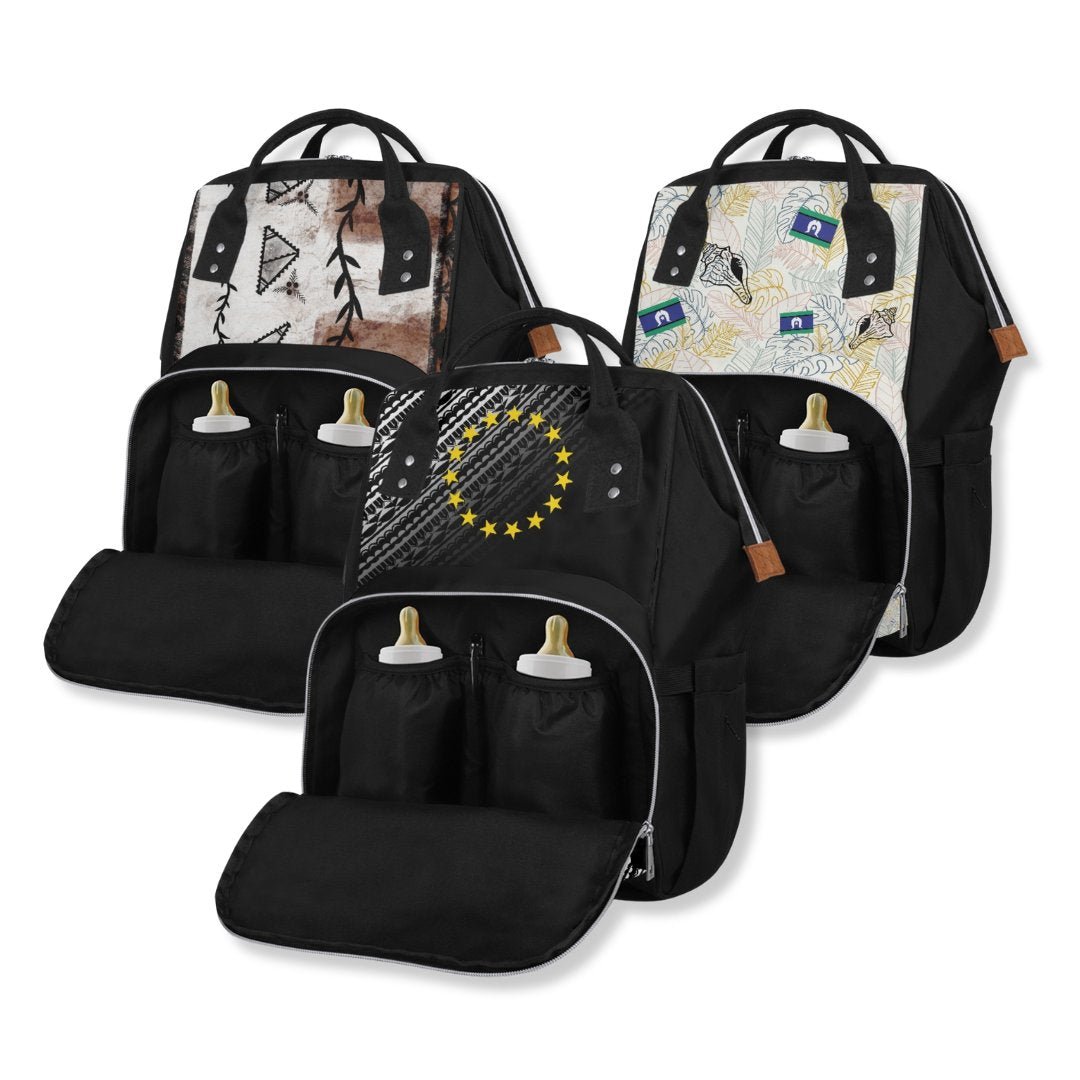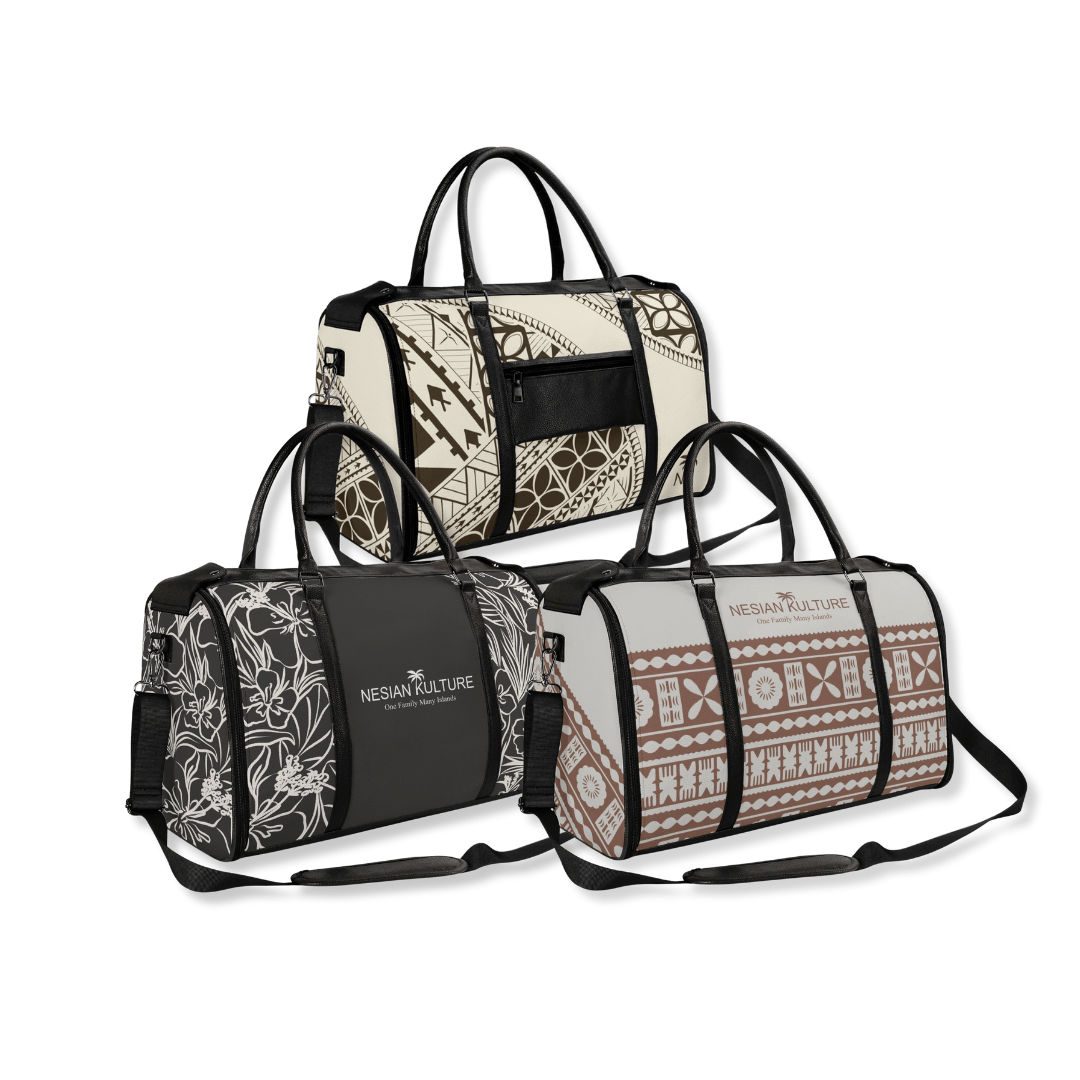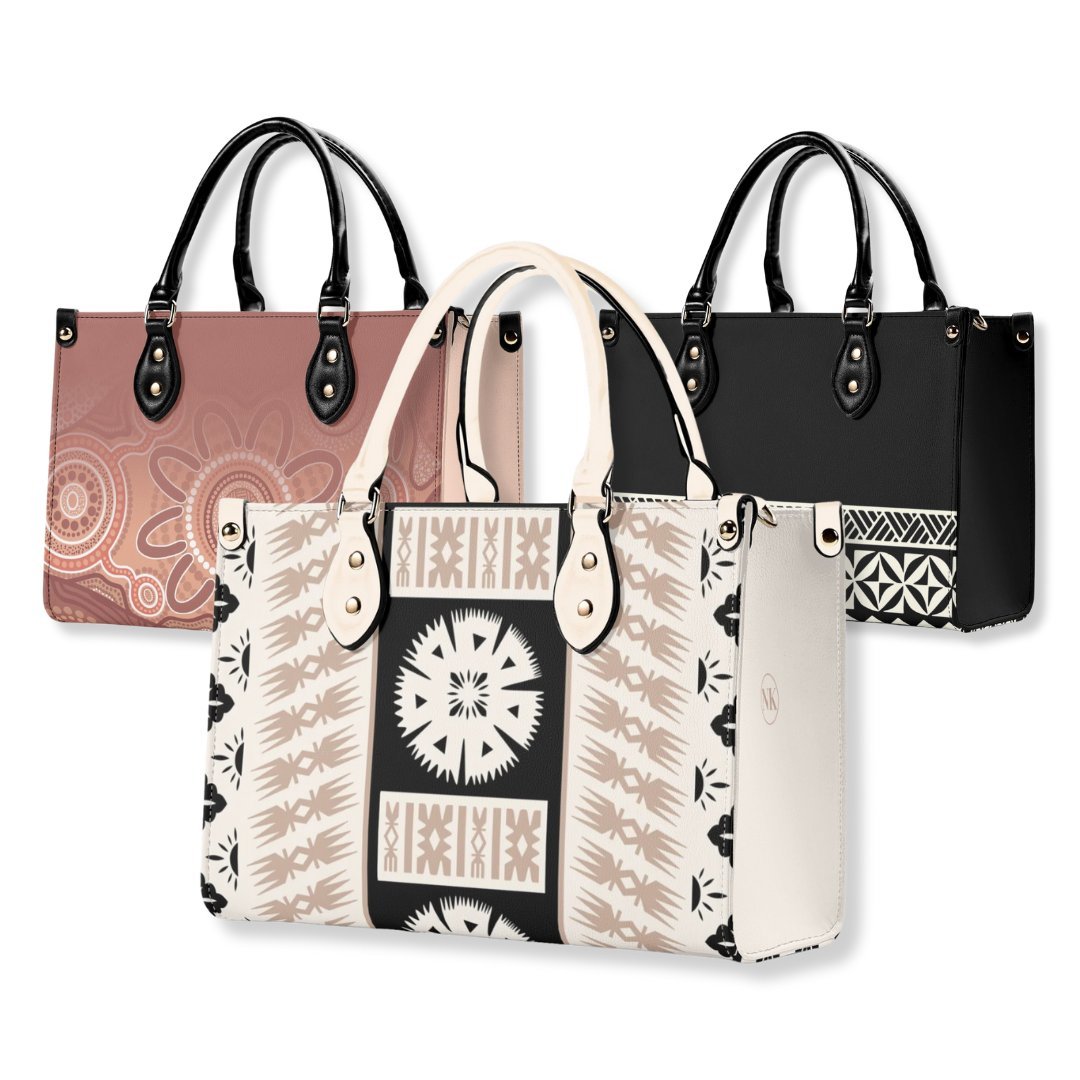
The Tongan Origin of Kava: A Story of Honour, Sacrifice, and Ceremony
Introduction
Kava isn’t just a drink to Tongans...it is a cultural treasure with a powerful origin story passed down through generations. It teaches sacrifice, respect, and the deep duty that comes with leadership. This is not just a myth, it is the Tongan story of how kava came to be, and why it holds such high honour in our ceremonies and daily life.
The Story of Fevanga, Fefafa, and Kavaʻonau
Long ago, on the island of ʻEueiki, there lived an elderly couple named Fevanga and Fefafa. They had one daughter, Kavaʻonau, who was very sick with leprosy, a disease that left her isolated and weakened. Times were hard, and food was scarce.
One day, a chief named Momo and his group arrived on the island after a long voyage. Tired and hungry, they needed a meal. Out of honour for the chief, Fevanga and Fefafa wanted to prepare something, but they had only one kape plant (giant taro) left.
As Fefafa went to gather it, she found Chief Momo sleeping under its shade. Out of respect, she couldn’t disturb him. With no food left and no other choice, the couple made an extreme and heartbreaking decision: to sacrifice their own daughter, Kavaʻonau, to feed the chief.
They buried her in an ʻumu (earth oven). But when the people found out, they were shocked. The chief, feeling deep remorse, told everyone to stop and ordered them to leave the girl buried, untouched, and departed the island.
In time, two plants began to grow side by side from the spot where Kavaʻonau had been buried:
-
Kava, with its bitter root
-
Tō (sugarcane), with its sweet taste
Fevanga and Fefafa observed something strange. When a rat chewed the kava, it became dizzy and slow. But when it ate the tō, it became active and ran off quickly.
Later, a wise chief named Lōʻau came to the island. The couple told him about the plants. Lōʻau instructed them to bring the plants to the Tuʻi Tonga (king) and explain what happened. This became the beginning of the kava ceremony — a ritual to honour sacrifice, loyalty, and the role of leadership.
Why Kava Is Important in Tonga
The kava ceremony is now a core part of Tongan life. It’s used in:
-
Royal ceremonies
-
Chiefly installations
-
Funerals and weddings
-
Village and political meetings
Kava reminds Tongans of the duty leaders have to care for their people, just as the parents gave everything to honour their chief. It’s also a symbol of peace, humility, and fakaʻapaʻapa (respect).
The Effects of Drinking Kava
Kava is known to make the body feel relaxed and the mind calm. That’s why it’s often used in evening gatherings or faikava (kava circles).
But drinking too much can have noticeable effects:
-
Slower speech and movement
-
Dry, cracked lips (called “kava lips”)
-
Rough, scaly, or flaky skin
-
A dull appearance in the face
Heavy drinkers often show dryness in their skin, especially around the mouth and nose. Over time, the skin may become leathery and discoloured. While the drink is respected, it’s meant to be used with purpose not abused.
Sugarcane After Kava: The Natural Balance
It is a common practice in Tonga to chew sugarcane (tō) after drinking kava. This tradition is more than just taste, it balances the effects of the kava:
-
Sugarcane refreshes the mouth
-
Restores energy after kava makes the body feel heavy
-
Symbolises the same meaning in the original story, bitterness followed by sweetness, calmness followed by renewal
This practice honours the very roots of the story, where both kava and tō grew together, side by side, from the grave of Kavaʻonau.
Conclusion
The story of Kavaʻonau is not just a tale. It’s a reminder to Tongans about sacrifice, honour, and knowing our place in the community. From her grave came two gifts...one to humble us, and one to lift us.
Every time we sip kava, we remember her story.
At Nesian Kulture, we share these stories not to entertain but to honour where we come from. One story at a time.

Related Posts
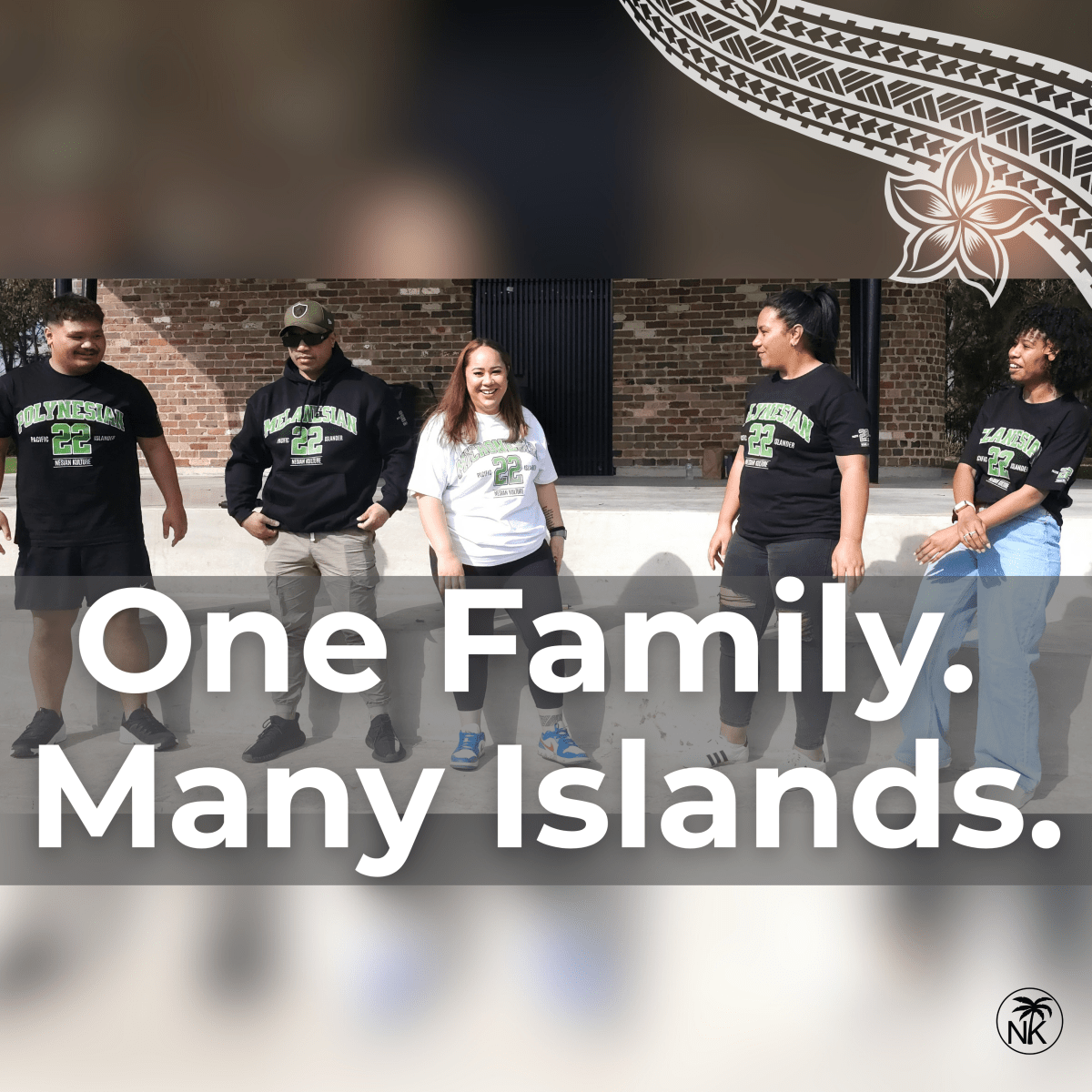
One Family. Many Islands. – What It Really Means
"One Family. Many Islands.” isn’t just a tagline for Nesian Kulture. Co-founder Susan created it from lived experience as a...
En savoir plus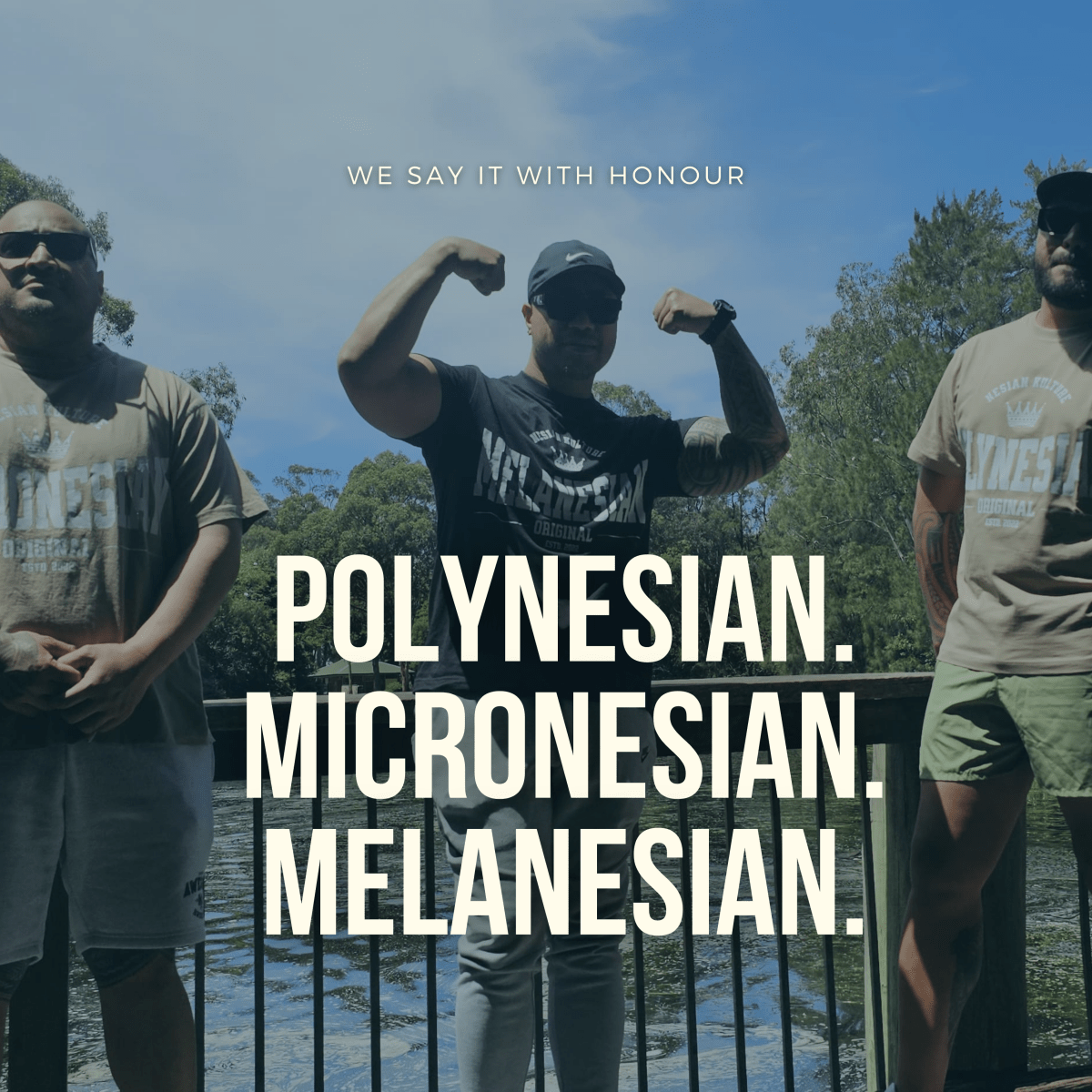
We Still Say Polynesian, Micronesian & Melanesian — And We Say It With Honour
Some say we shouldn’t use names like Polynesian, Micronesian, or Melanesian. At Nesian Kulture, we believe those names no longer...
En savoir plus